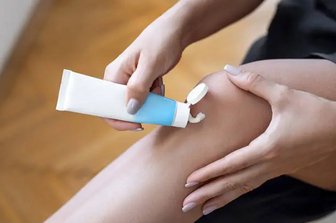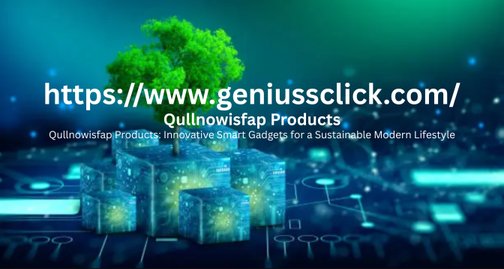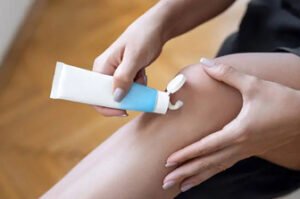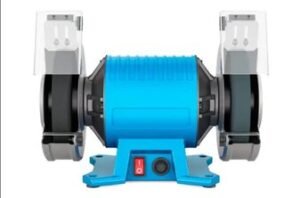Painsltube: Revolutionizing Comfort and Protection
Introduction
Painsltube is rapidly becoming a household name in industries where comfort, insulation, and safety are paramount. From high-tech engineering to healthcare and personal wellness, this advanced material is reshaping the way we think about protection and ergonomics.
In this comprehensive guide, we’ll explore the origin, composition, key applications, and future prospects of painsltube—highlighting why it is more than just a trend but a transformational innovation.
Disclaimer
This article is for educational purposes only. Always consult qualified professionals or medical experts before using any product or material mentioned. The authors do not guarantee the effectiveness or safety of the information provided.
What is Painsltube?
Painsltube is a high-performance insulation and cushioning material engineered to reduce discomfort and protect against extreme temperatures, pressure, and vibration. The name combines “pain” and “insulation tube,” indicating its dual role in pain mitigation and protective insulation.
Originally developed for high-stress environments like aerospace and military operations, painsltube has since evolved into a multifunctional solution used in consumer, medical, industrial, and athletic applications.
Origin and Evolution
A Timeline of Innovation
-
Early 2000s: Conceptual development focused on military-grade comfort and protection under extreme conditions.
-
Mid-2000s: Adoption by the automotive and medical sectors due to its resilience and comfort-enhancing features.
-
2010s–Present: Rapid expansion into sports equipment, industrial systems, wearable technology, and consumer products.
Researchers saw the need for materials that could not only withstand external stressors but also provide a tangible benefit to the user through enhanced ergonomic design and thermal management. This led to the formulation of what is now known as painsltube.
Composition and Manufacturing of Painsltube
Painsltube is not a single substance but a composite material made from:
-
Advanced polymers for flexibility and resilience
-
Engineered foams for cushioning and thermal insulation
-
Additives like carbon-based or ceramic materials for enhanced strength, heat resistance, and longevity
Typical Manufacturing Process
| Step | Description |
|---|---|
| Material Selection | High-quality foams and polymers with thermal and structural properties |
| Extrusion/Molding | Formation into desired tube or pad shapes |
| Layering | Integration of multiple layers for additional functionality (e.g., anti-bacterial, anti-vibration) |
| Finishing | Cutting, coating, and quality checks |
This modular design approach allows for customization based on end-user needs.
Applications Across Industries
1. Automotive
-
Seat Padding & Armrests: Improves posture and reduces fatigue during long drives.
-
Thermal Barriers: Shields against heat from engines or exhausts.
-
Noise Dampening: Acts as acoustic insulation in vehicle interiors.
2. Medical & Healthcare
-
Prosthetic Interfaces: Reduces chafing and enhances wearability.
-
Therapeutic Cushions: Used in wheelchairs and hospital beds to prevent pressure sores.
-
Orthotic Supports: Improves comfort and compliance in braces and supports.
3. Sports & Wearables
-
Helmet and Glove Linings: Superior impact absorption.
-
Shoe Insoles: Enhances comfort for athletes and workers on their feet all day.
-
Compression Gear: Offers thermal control and cushioning for high-impact activities.
4. Industrial Applications
-
Anti-Vibration Mounts: Protects sensitive machinery from mechanical shock.
-
Heat Shields: Used in manufacturing settings to insulate workers and equipment.
-
Protective Packaging: Keeps delicate items secure during transportation.
Application Summary Table
| Industry | Use Case | Primary Benefit |
|---|---|---|
| Automotive | Seat Cushions, Heat Barriers | Comfort, Heat Protection |
| Medical | Prosthetics, Cushions | Pressure Relief, Hygiene |
| Sports & Fitness | Padding, Insoles | Impact Resistance, Performance |
| Industrial | Machine Mounts, Shields | Safety, Noise/Vibration Dampening |
Core Benefits of Painsltube
-
Durability: Maintains structure and function even after prolonged use.
-
Lightweight: Ideal for portable and wearable applications.
-
Eco-Friendly Options: Some variants use recycled or biodegradable materials.
-
Customizable: Easily engineered to meet unique performance specifications.
-
Cost-Effective: Reduces long-term replacement and maintenance costs.
Future Trends and Innovations
The field of advanced materials is constantly evolving, and painsltube is at the forefront of that change.
Emerging Innovations
-
Smart Painsltube: Integration with sensors to monitor pressure, temperature, or movement.
-
Bio-Based Alternatives: Use of algae-derived or plant-based polymers for eco-sustainability.
-
Additive Manufacturing (3D Printing): Rapid prototyping and custom-shaped parts for niche applications.
-
Nanotechnology Enhancements: Improving resistance to extreme environments.
Frequently Asked Questions (FAQs)
Q1: How should painsltube products be maintained?
A: Wipe gently with a damp cloth and mild soap. Avoid abrasive cleaners or direct heat.
Q2: Are painsltube materials safe?
A: Yes, when used as directed. Always follow manufacturer safety guidelines and wear appropriate PPE when installing or handling raw materials.
Q3: Can painsltube be recycled?
A: Many formulations are recyclable or biodegradable. Check with local facilities or product documentation.
Q4: Are there industry standards for painsltube?
A: Yes. Depending on usage, painsltube may need to comply with ISO, FDA, REACH, or CE certifications.
Q5: Can I order custom painsltube materials?
A: Yes. Many manufacturers offer bespoke solutions tailored to your application and environmental conditions.
Conclusion
Painsltube is more than just an insulation material—it’s a multifunctional innovation that’s transforming industries by prioritizing comfort, protection, and sustainability.
Whether you’re designing a cutting-edge medical device, building high-performance vehicles, or simply seeking a better quality of life through ergonomic solutions, painsltube offers a powerful and adaptable platform to meet your needs.
As research and material science evolve, we can expect even smarter, greener, and more resilient versions of painsltube to shape the future of safety and comfort.







![Swimsuit Edition [Abbb] - 1.20 21 Swimsuit Edition - Chapter](https://www.geniussclick.com/wp-content/uploads/2025/07/rsz_swimsuit_edition_abbb_-_120_21_swimsuit_edition_-_chapter-300x199.jpg)





Post Comment